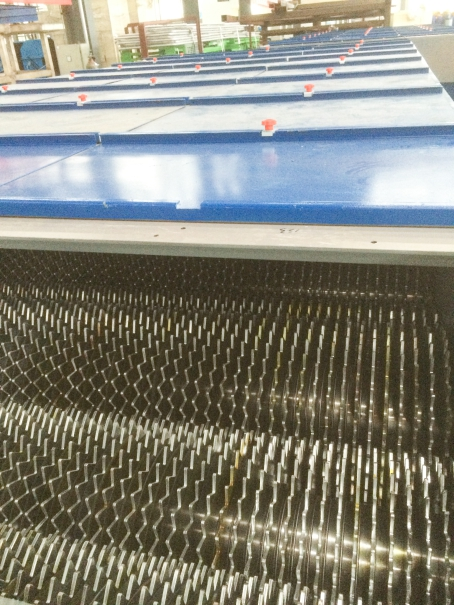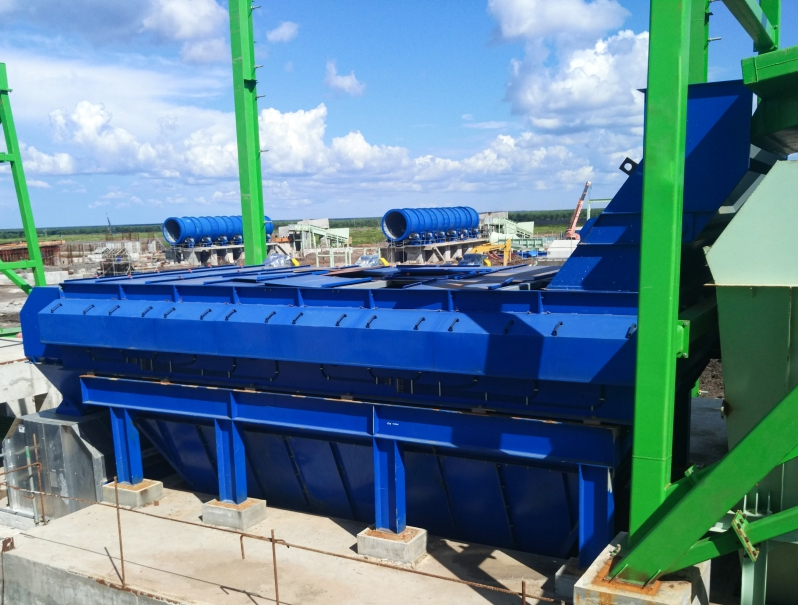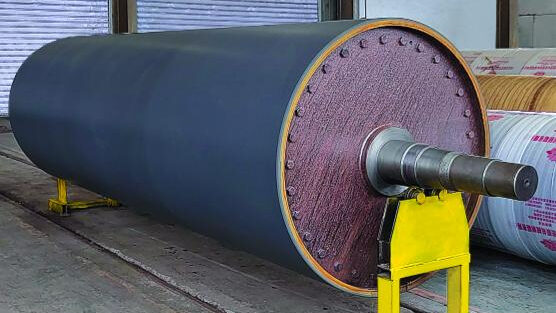Core Function of Wood Chip Screening Equipment:
The primary task of wood chip screening equipment is to classify wood chips by size through physical vibration or rotational mechanisms, while effectively removing impurities (such as bark and metal from the wood chips.
Structural Composition:
Typically composed of components such as a screen frame, vibration motor (or drive device), sieve frame, and base. The aperture size of the screen can be designed according to industry standards (e.g., ISO 17225-2:2021 for biomass fuel specifications), usually ranging from 2-45 mm.
Working Process:
During operation, the motor drives the eccentric shaft assembly or device, causing the sieve frame to generate horizontal reciprocating motion or vibration. Wood chips enter through the feed inlet, are lifted, loosened, and moved forward on the screen. Sized wood chips fall through the screen openings, while oversized chips and impurities are separated into different outlets.
Main Equipment Types and Application Scenarios
Based on structure and screening methods, common wood chip screening equipment mainly includes the following types:
Flat Circular Vibrating Screen: Suitable for large-scale paper mills, with high screening efficiency.
Trommel Screen (Drum Screen): Features a layered isolation design, helping to address issues such as high power consumption and screen wear in traditional screening machines.
Wood Chip Swing Screen/Rocking Screen: A specialized equipment commonly used in wood chip preparation sections. It performs classification through a rocking motion. For example, the BF14 series wood chip swing screen may use universal joint components (such as ROSTA) in its swing arm assembly to achieve balanced oscillation, low noise, and long service life. The screens are also easy to replace to adapt to different classification specifications (e.g., with a throughput range of 15-380 m³/h).
Wood chip screens are widely used in industrial fields requiring high-quality wood chips, including:
Pulp and Paper Industry: Sorting wood chip raw materials before pulping to ensure that high-quality chips meeting standards (e.g., GB/T 17657-2022) enter the cooking stage, which is crucial for pulp yield and final paper quality.
Wood-Based Panel Industry: Screening uniformly sized wood chips in the preparation stage for particleboard, MDF, etc., to ensure panel quality.
Biomass Energy: Standardized screening of raw wood chips in biomass fuel pellet production.
Chip screen
Rechipper
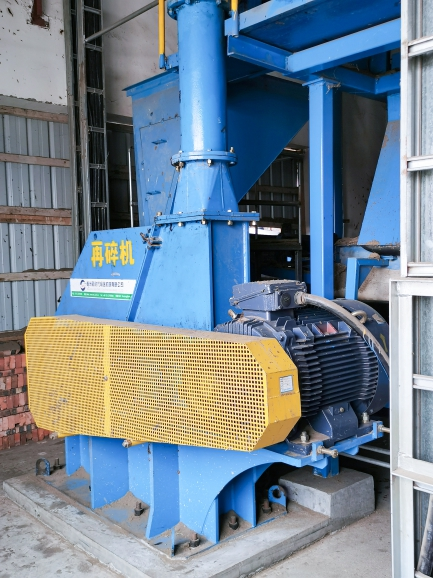
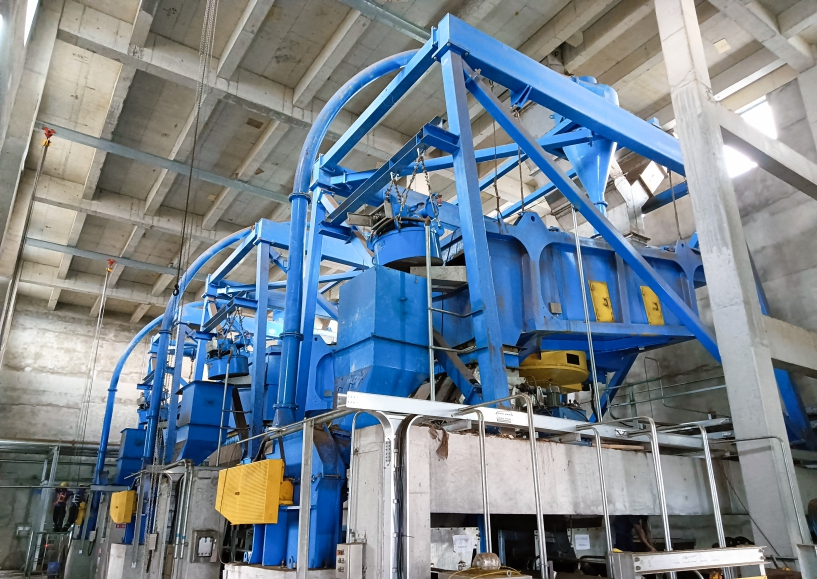
V-type Roller Screen

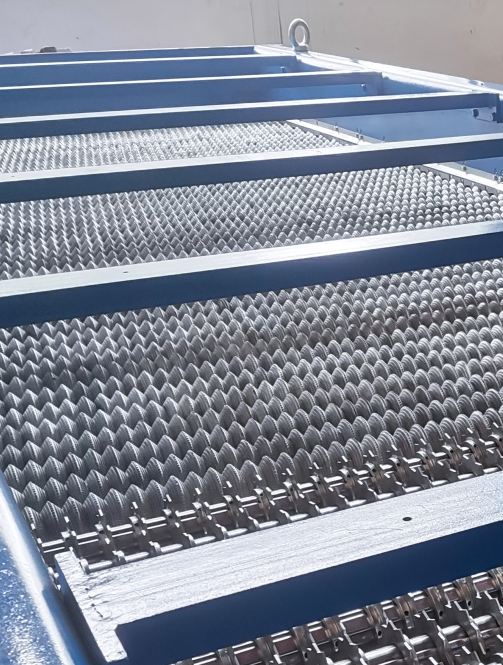
Chip Thickness Screen
